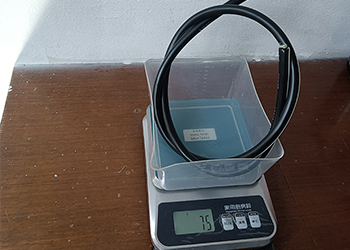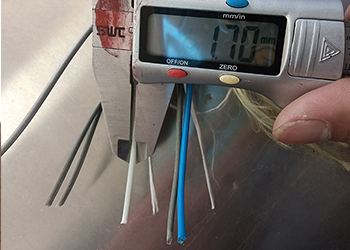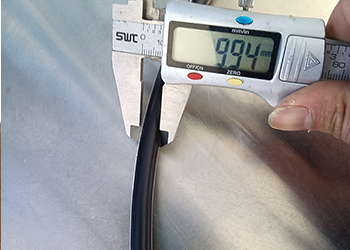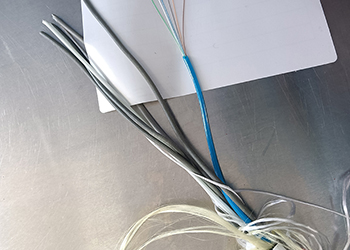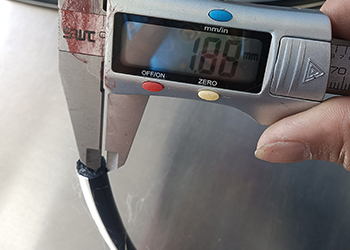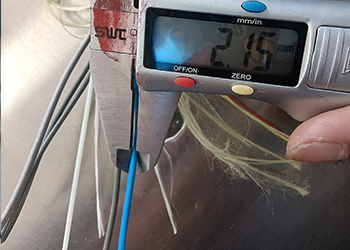Routine testing for ADSS (All-Dielectric Self-Supporting) cable involves various procedures to ensure the cable's integrity and performance. Here's a general guideline for conducting routine tests on ADSS cables:
Visual Inspection:
Examine the cable for any visible damages, such as cuts, abrasions, or deformations. Check for any signs of contamination or corrosion.
Tension Test:
ADSS cables should be able to withstand specified tension levels without breaking. Use a tension gauge to apply the required tension to the cable and ensure it meets the manufacturer's specifications.
Sheath Integrity Test:
Inspect the sheath of the cable for any signs of damage or deterioration. Perform a visual and tactile examination along the entire length of the cable.
Dielectric Strength Test:
Conduct a dielectric strength test to ensure the insulation integrity of the cable. Apply a specified voltage to the cable and measure the insulation resistance to verify it meets the required standards.
Bending Test:
ADSS cables should be able to withstand bending without causing any damage to the fibers or the sheath. Perform a bending test according to the manufacturer's guidelines to ensure the cable's flexibility.
Temperature Cycling Test:
Subject the cable to temperature cycling to simulate real-world environmental conditions. Cycle the cable between specified temperature extremes and monitor its performance throughout the process.
Mechanical Load Test:
Apply mechanical loads to the cable to simulate conditions such as wind, ice, and vibration. Ensure the cable can withstand these loads without experiencing excessive strain or deformation.
Vibration Test:
Subject the cable to vibration to assess its resistance to mechanical stress. Use vibration testing equipment to simulate vibrations encountered during installation or operation.
Cable Length Measurement:
Measure the length of the cable to ensure it meets the specified requirements. Verify that the actual length matches the intended length specified by the manufacturer.
Documentation:
Maintain detailed records of all tests performed, including test results, observations, and any deviations from the expected performance. This documentation is essential for quality control and future reference.
Compliance Check:
Ensure that the cable meets all relevant industry standards and regulatory requirements. Verify compliance with specifications such as IEEE, IEC, or specific customer requirements.
Final Inspection:
Conduct a final visual inspection to ensure the cable is free from defects and ready for deployment. Address any issues identified during the testing process before the cable is put into service.
It's essential to follow the manufacturer's instructions and industry best practices when conducting routine tests for ADSS cables to ensure their reliability and performance in various environmental conditions. Additionally, consider consulting with experts or third-party testing laboratories for specialized testing requirements.How to do Routine test for adss cable?


